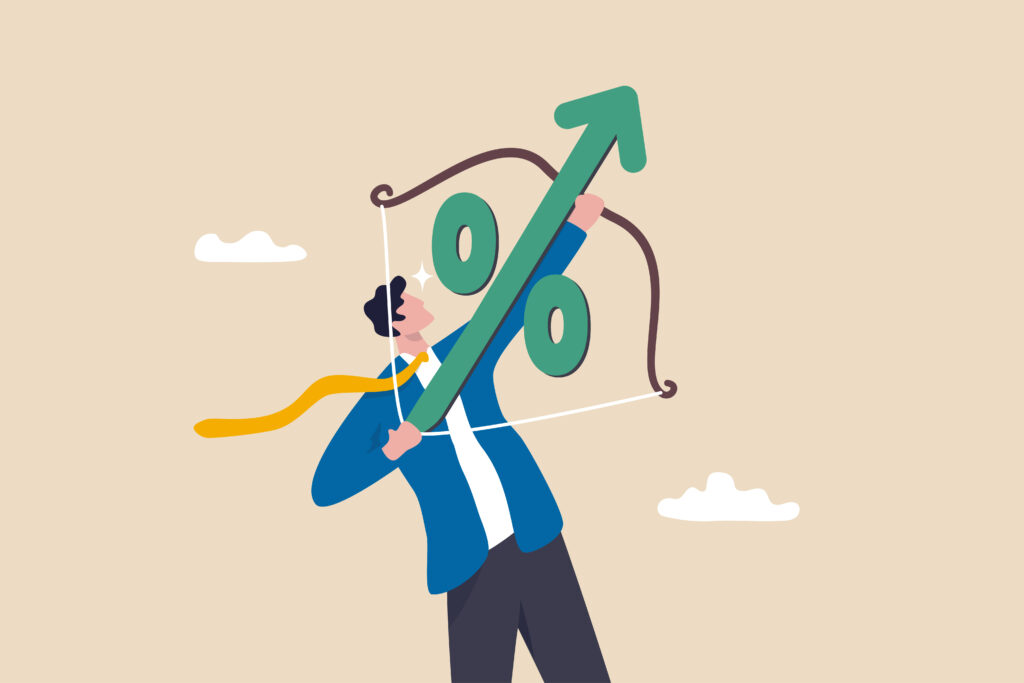Why you should play the long game when dealing with interest rates

Last week I had a conversation with Constantinos Herodotou, the head of the Central Bank of Cyprus and a member of the Boarding Council of the European Central Bank (ECB). Mr. Herodotou is one of the narrow circle of people who make decisions on the ECB’s rates. In the course of the conversation, we touched on the topic of interest rates and he made a very important remark all decision-makers in central banks all over the world should keep in mind. Like antibiotics or antidepressants, an interest rate is a tool that has a long-term effect. Any such rate has an accumulative effect; you can’t see its results immediately. When you put a rate today, you have to think about a long period – a year or even longer, not just a day or next month.
Constantinos Herodotou believes that the inflation rate of 7-8% in the Eurozone (the latest forecast for inflation in Europe is 6.8% until the end of the year) is going to slow down to 2.1% by 2024. Supply chain disruption and sharp increase in energy and industrial metal prices that have driven economic shock this year will disappear in two years. These are the post-COVID-19 era aftershocks. Once they have gone, the inflation will slow down.
Mr. Herodotou has no doubts that if you are raising the interest rate today, you have to estimate the consequences of that move next year. If the rise of interest rates is going too fast, we are at risk of rushing into recession next year. Probably, this impulse will stay in place until 2024.
As a result, the ECB prefers to watch its steps very carefully. First, the ECB has already announced the termination of the quantitative easing program. Moreover, the regulator is going to raise the interest rate by 0.25%. It’s important because it’s going to be the first rise in the rate in the past 11 years. The move is based on the forecast of the future, not the current situation. The forecast shows that the inflation rate in the Eurozone is going to be higher than the target rate of 2.0%.
What can these thoughts bring to Kazakhstan? For the past few months, we’ve seen a lot of non-monetary factors that are driving the inflation rate higher. Food prices surge because of an unprecedented spike in agricultural product prices (reported by the Food Price Index). Now, we also see additional factors linked to economic pressure on Russia. For example, due to the correction of the exchange rate between Kazakhstan’s tenge and the Russian ruble, many food products are going to become more expensive.
What actions can the National Bank of Kazakhstan take to push back these factors? I daresay that even a twofold bigger interest rate won’t help to mitigate the difference between exchange rates. The worth of money now is much more expensive for importers; loan facilities nominated in rubles have shrunk, warehouses no longer receive new goods while leftover stock is rapidly expandable. So, it’s irrelevant to speculate about the demand-pull inflation. In this situation, we have to pour money into the economy, not sterilize the money supply.
Like the ECB, Kazakhstan’s regulator has to review long-term forecasts carefully before any decision concerning the rate is made. The core principles here must be accurate analysis, solution sequence and improved communications. The regulator must have a clear vision of what actions it’s going to take and how it will impact the inflation rate a year or two years from now.
